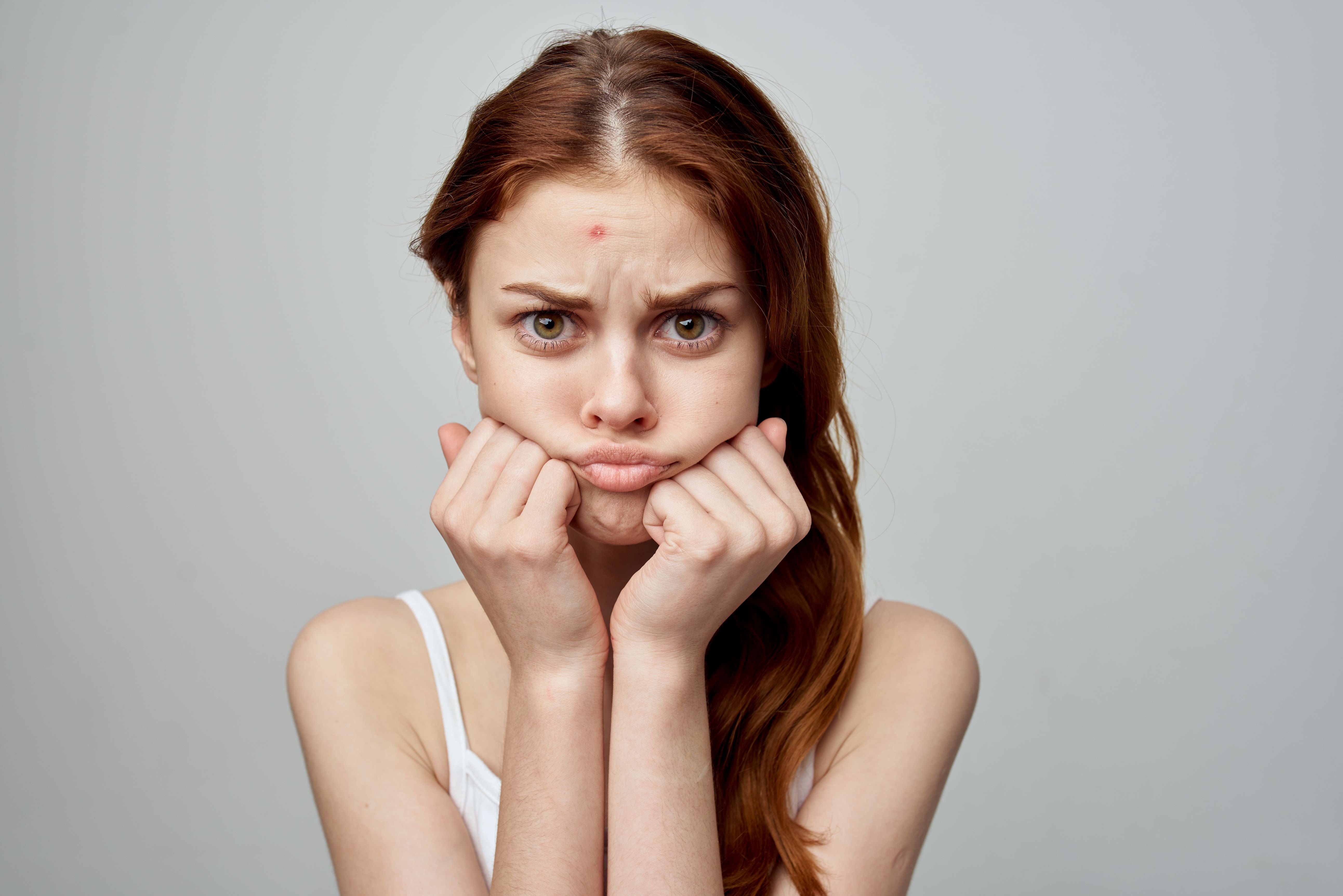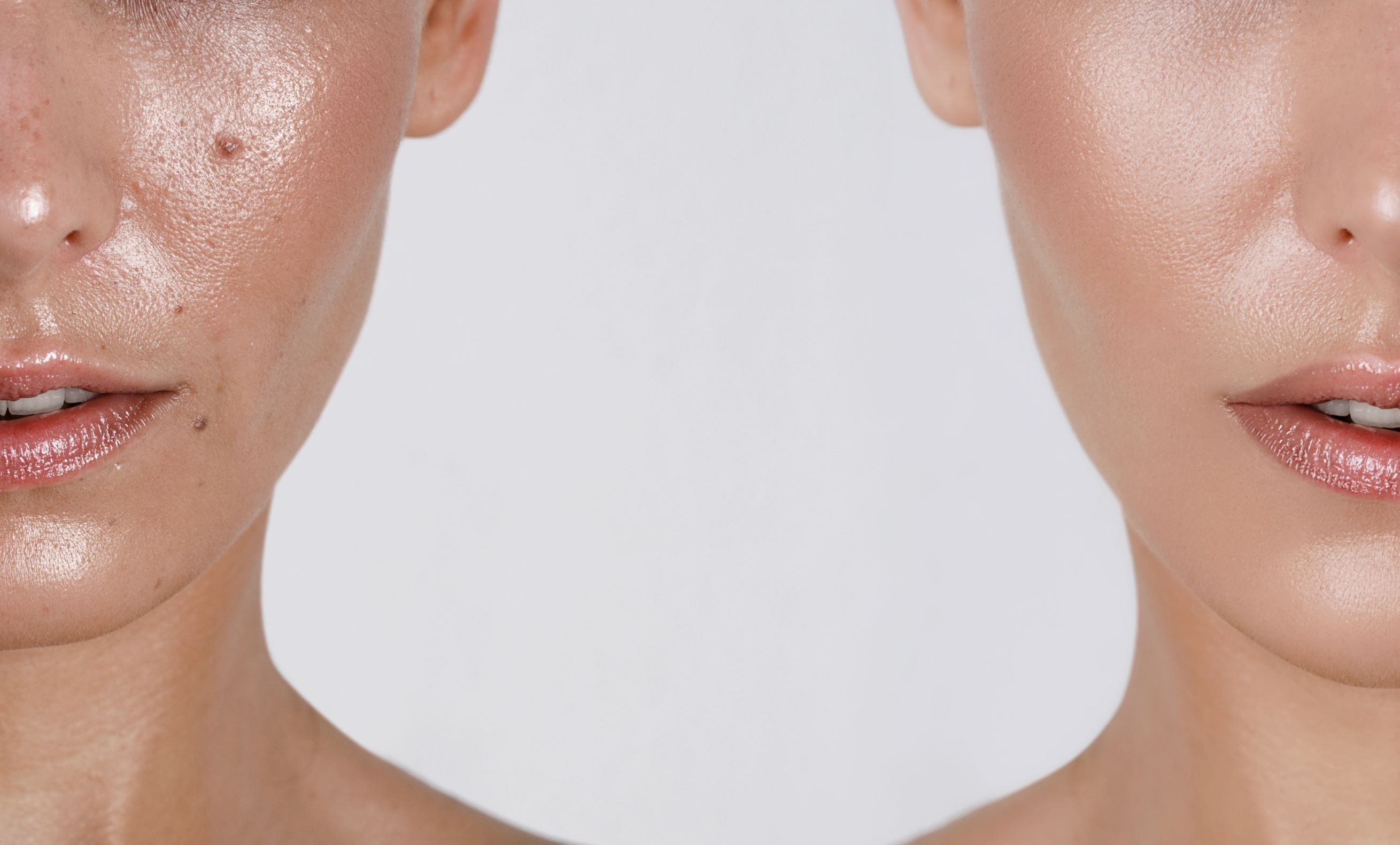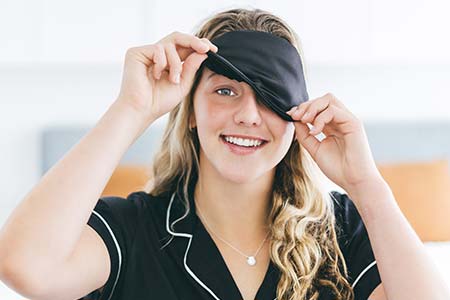Pimples or Acne: How to Tell the Difference

Most of us will suffer at least the odd pimple and breakout in our life. When it comes to skin issues, pimples and acne are two terms that are often used interchangeably. However, they are not the same thing. Understanding the difference between pimples and acne can help you better understand what might be going on with your skin so you can make a plan of attack on how to manage and treat either, or both.
What are Pimples?
Pimples, also known as zits or spots, are small inflammations that occur when the pores of the skin become clogged with oil, dead skin cells, and bacteria. They are characterized by redness, swelling, and often the presence of a white head but blackheads are also a type of pimple. Pimples can appear anywhere on the body but are most commonly found on the face, neck, chest, and back. Pimples are one of the symptoms of a skin condition called Acne.
What is Acne?
Acne, on the other hand, is a chronic skin condition that is characterized by the presence of one or multiple types of skin lesions including pimples, blackheads, whiteheads, papules, pustules, nodules, and cysts. Acne is a more severe form of skin inflammation that can cause scarring if left untreated. Acne is often caused by hormonal imbalances, excessive oil production, and the presence of certain bacteria on the skin. Acne can range from mild to severe, can be quite painful and require medical intervention.
Types of pimple/acne lesions
You can have pimples or breakouts without having Acne but if you have acne, you will have one or multiple different acne lesions. The different types of Acne lesions are:
-
Whiteheads (Closed Comedones):
- Description: Small, white or flesh-colored bumps. Non-inflammatory comedones
- Formation: Pores blocked with oil, dead skin cells, and bacteria.
- Looks like tiny pearls under the skin.
-
Blackheads (Open Comedones):
- Description: Dark or black-tipped bumps. Non-inflammatory comedones
- Formation: Similar to whiteheads, but the pore is open, allowing oxidation of trapped debris which turns it to a dark colour (not dirt).
-
Papules:
- Description: Small, red, and inflamed bumps.
- Formation: They occur when the walls surrounding the pores break down due to severe inflammation, leading to the leakage of oil, bacteria, and dead skin cells into the surrounding skin tissue.
- Avoid squeezing to prevent further inflammation.
-
Pustules:
- Description: Similar to papules but have a white or yellow center.
- Formation: Pus-filled, often caused by bacterial infection.
- Some bacteria that are found naturally on the skin thrive in clogged pores, feeding on the dead skin cells and sebum (oils). This increases inflammation in the skin and forms pus. Popping these pustules can spread bacteria and worsen acne.
-
Nodules:
- Description: Large, painful, solid bumps beneath the skin.
- Formation: They develop when clogged pores become further irritated and inflamed, leading to the formation of deep, hard lesions that can persist for weeks or even months.
- Trying to pop these can really damage the skin. Can also cause scarring; best to seek professional treatment.
-
Cysts:
- Description: Deep, pus-filled, painful lumps. Most severe type of acne lesion
- Formation: Severe inflammation and infection.
- Can lead to long-term scarring. Medical treatment often required. Consult a dermatologist.
Causes of breakouts
Breakouts, whether in the form of pimples or acne, can be caused by a variety of factors. Some common causes include:
- Hormonal changes: Fluctuations in hormone levels, especially during puberty, can lead to increased oil production and clogged pores.
- No/poor skincare routine: Not cleansing the skin properly (or cleansing too much!) or using harsh products can irritate the skin and contribute to breakouts.
- Diet: this one comes with a caveat, it’s controversial. There have been links between various foods, such as dairy products and high-glycemic foods, to an increased risk of breakouts but the strength of the evidence is variable.
- Stress: High levels of stress can trigger hormonal changes that can lead to breakouts.
- Genetics: Some individuals are more prone to breakouts due to their genetic makeup.
Managing breakouts
While it may not be possible to completely prevent breakouts, there are several steps you can take to manage them effectively:
- Maintain a consistent skincare routine: Cleanse your skin once or twice a day with a gentle cleanser and use non-comedogenic moisturizers and sunscreen.
- Avoid touching your face: Touching your face can transfer bacteria and irritate the skin, leading to breakouts.
- Keep your hair clean and/or off your face
- Regularly change your pillowcases and towels
- Eat a balanced diet: Incorporate fruits, vegetables, whole grains, and lean proteins into your diet to support overall skin health.
- Manage stress: Engage in stress-reducing activities such as exercise, meditation, or yoga to help keep breakouts at bay.
- Avoid picking or popping pimples: This can lead to scarring and further inflammation.
- Consult a dermatologist: If your breakouts are severe or persistent, a dermatologist can provide personalized treatment options.
Hopefully this has clarified a few things and you can consider this information in the context of your own skin. During young adulthood, there is so much going on in life with studying, relationships, independence, not to mention our hormones with a mind of their own. With all of this, it can be hard to narrow down what might be causing breakouts so it may take some time and trial and error with lifestyle or diet changes and finding a skincare routine that works - and then staying consistent. And remember, if you can’t seem to find solutions on your own or your skin is getting worse, always seek professional help from your GP or dermatologist.
References
- American Academy of Dermatology. (n.d.). Acne: Diagnosis and treatment. https://www.aad.org/public/diseases/acne/diagnosis-treatment
- Mayo Clinic. (2021). Acne. https://www.mayoclinic.org/diseases-conditions/acne/symptoms-causes/syc-20368047
- American Academy of Dermatology. (n.d.). Acne: Tips for managing. https://www.aad.org/public/diseases/acne/skin-care/tips
- Williams, H. C., Dellavalle, R. P., & Garner, S. (2012). Acne vulgaris. The Lancet, 379(9813), 361-372.
- Dréno, B., Layton, A., Zouboulis, C. C., López-Estebaranz, J. L., Zalewska-Janowska, A., Bagatin, E., ... & Bettoli, V. (2018). Adult female acne: a new paradigm. Journal of the European Academy of Dermatology and Venereology, 32(5), 749-760.
- Capitanio, B., & Sinagra, J. L. (2017). Acne vulgaris: the metabolic syndrome of the pilosebaceous follicle. Clinics in Dermatology, 35(4), 426-430.
- Dréno, B., & Gollnick, H. P. (2018). Antibiotic resistance in the management of acne: the need for a rational approach. Journal of the European Academy of Dermatology and Venereology, 32, 8-14.
- Del Rosso, J. Q., & Kircik, L. H. (2011). The sequence of inflammation, relevant biomarkers, and the pathogenesis of acne vulgaris: what does recent research show and what does it mean to the clinician?. Journal of Drugs in Dermatology: JDD, 10(6), 596-601.



